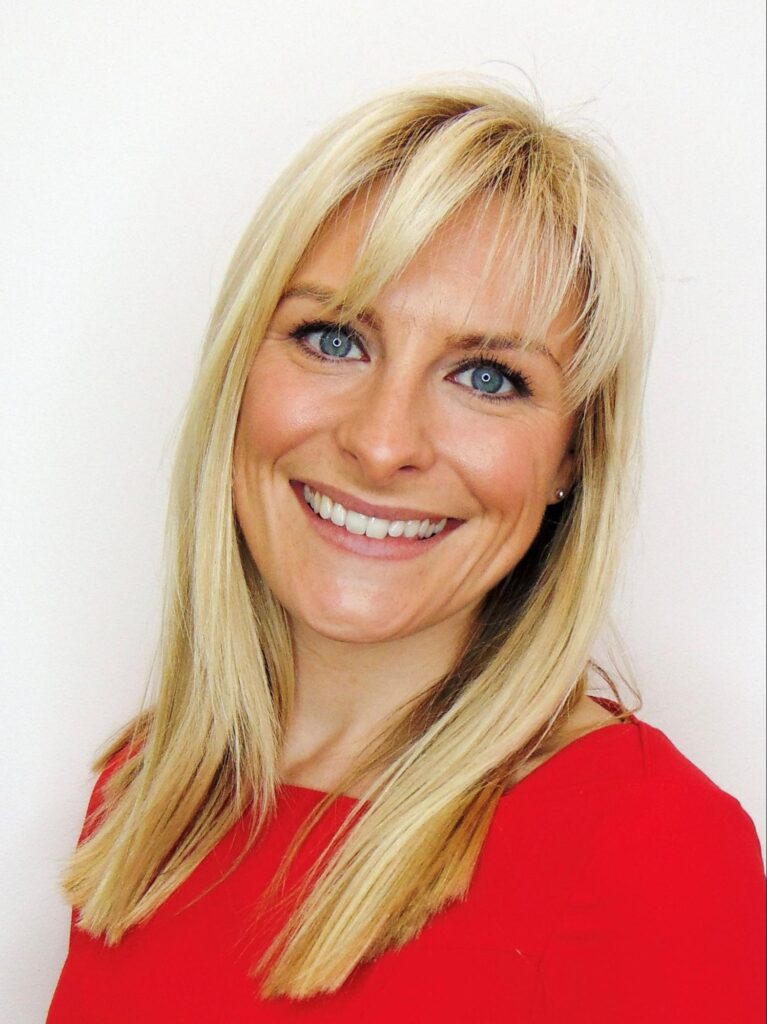
Another incumbent calls the famous black door at Number 10 home after a turbulent month in British politics, surrounded by uncertainty, rising costs of borrowing and cost-of-living pressures. This is according to Nicky Stevenson, MD of Fine & Country UK, who adds that Rishi Sunak, the UK’s third prime minister of 2022, has reversed much of his predecessor’s so-called ‘Growth Plan’ policies, which had resulted in a chaotic month for both British politics and fiscal credibility. She notes that all eyes will be on the Government’s Autumn Statement and the Office for Budget Responsibility forecast to provide a clearer indication on the outlook for the UK economy.
Stevenson comments that the Bank of England has raised interest rates for the eighth consecutive time, up 0.75% to 3%, as it responds to the continued rise in inflation. “Currently inflation is at 10.1%, which is significantly higher than the 2% target. Although interest rate rise is lower than the 1% many originally expected, it represents the most significant increase in the base rate since October 1989. It is pertinent to remember that since 1975, the base rate of interest had not been below 4% until it dropped to 3.75% and then 3.5% in 2003, which represented its lowest level in 28 years. Prior to the global financial crisis, interest rates rose to 5.75% before dropping to 0.5% in 2009. For the last 13 years interest rates and inflation have been ultra-low by historic standards and it is likely that mortgage rates of 5% will be the new normal,” she says.
Continuing, Stevenson adds that sales are still transacting, fuelled by cash buyers and those who ‘locked’ in their mortgage deals prior to the mini-budget. “Close to 950,000 sales have taken places in the first nine months of 2022, with estimated sales volumes for the year set to be in the region of 1.2 million, significantly higher than the pre-pandemic average of just over 900,0000 seen between 2015 and 2019,” she comments. “Demand levels in the market have been unusually high since the end of the pandemic and are in effect returning to more normal levels. As the market has seen time and time again, people will continue to move, but buyers will no doubt be increasingly focused on what they can afford and the cost of a mortgage on a month-to-month basis.”
Speaking about property prices, Stevenson notes that Nationwide report a marked slowdown in annual price growth to 7.2% in October, compared to 9.5% in September, with a month-on-month price fall of 0.9%. This is the first monthly fall since June 2021 and the most significant correction since June 2020. Across the prime markets of England and Wales annual property price growth is currently 8.8% and the average price of a prime property in southern areas is in excess of £1 million.
“While many forecasters are predicting price corrections in the market this needs to be considered in the context of the unsustainable growth in the market since 2020. Correct market pricing by agents is critical as the leeway between marketing price and ‘real’ price becomes more apparent. Price differentials are perhaps, too a better way to consider a market. A 10% fall on a property priced £500,000 equates to £50,000, a similar fall in a property priced £1 million is £100,000. Given the substantial price rises seen in the market over the past two years, there is only a low risk of negative equity for the vast majority of purchasers,” Stevenson concludes.
